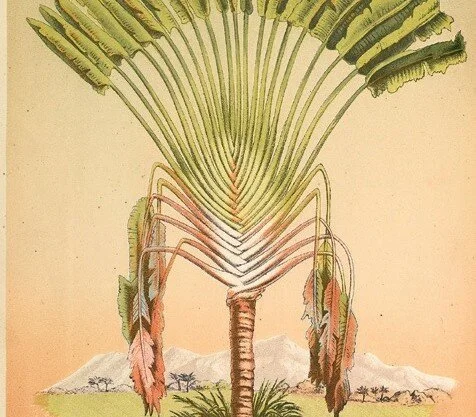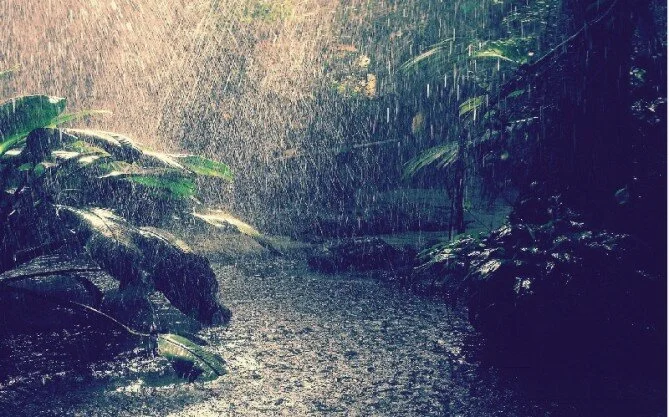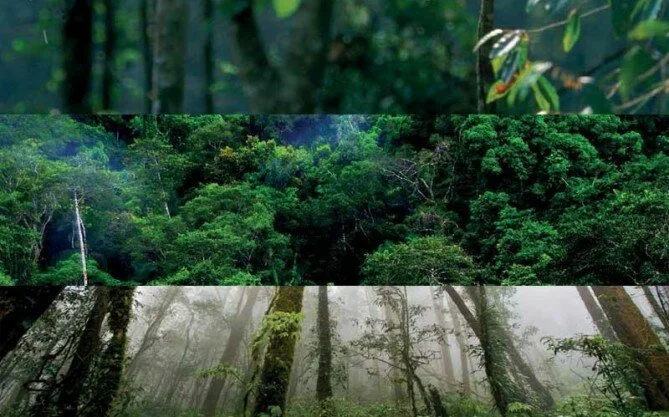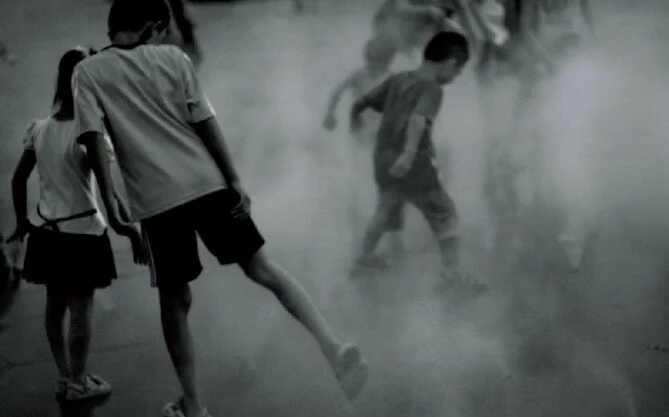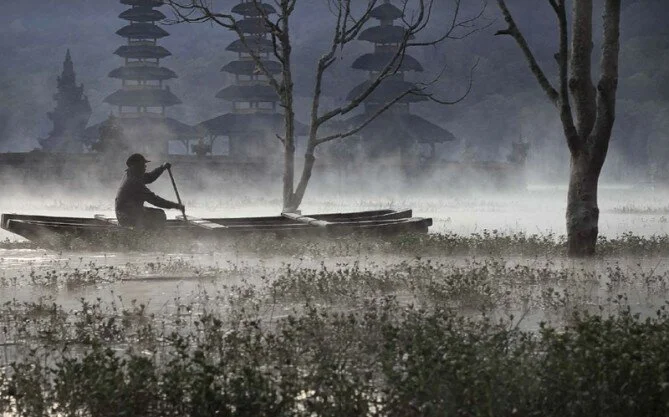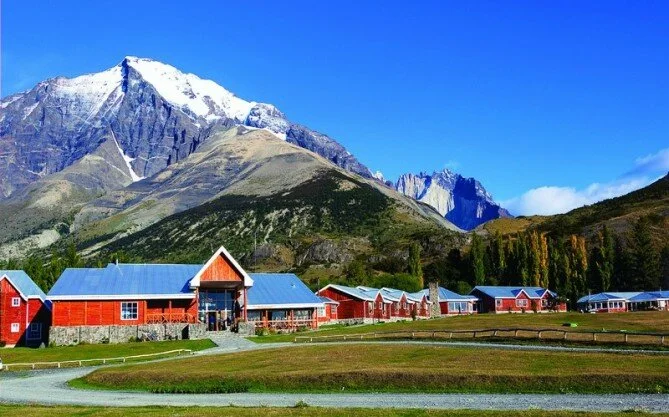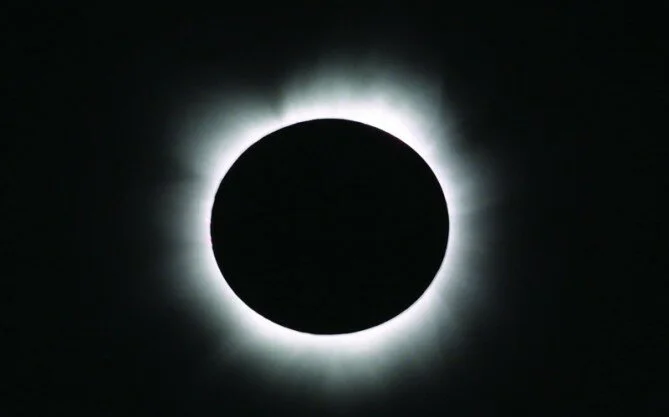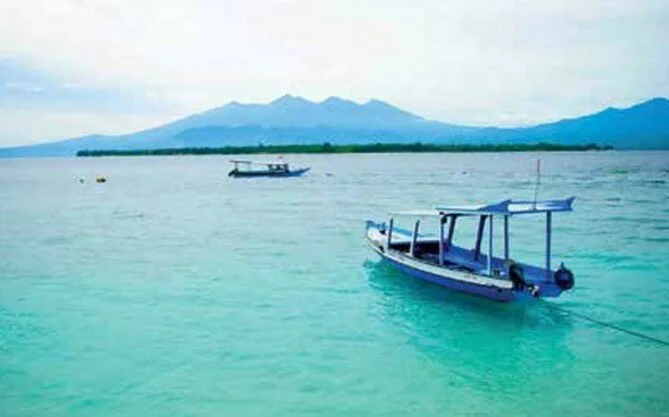Do you love the tropical rain? Do you love it when you’re safe and dry at home on a hot and sticky afternoon, and you just happen to notice that the natural light in the house has dimmed, signalling the prelude to a spectacular show. The stage is set and an upwards glance reveals that the sky has darkened to an indigo black. A rapid gust of wind rips through your garden bringing a wonderfully cool respite from the humidity that has been building all day. The thick, low, grey clouds converge; the first plump drops of rain splash to the ground, and you smell that heavy, heady aroma, known as petrichor. The pitter-patter on the elephant-ear leaves becomes faster and faster, and within minutes the downpour is in full flow, drumming on the roof and running down the windows, streaming out of the gutters and spouts; an unending torrent of water sluicing from the sky like a biblical deluge. A swimming pool begins to form on your lawn, and you just know that the storm drains will soon be overflowing and the roads and the fields will be flooding. Many of those unfortunate people out there on motorcycles will be taking refuge from the storm, crowded under awnings, as the lightning display begins. An electric flash rips through the sky, followed by an almighty crack of thunder. Your house shudders and shakes. The rainy season has arrived.
Rain is the lifeblood of the planet and the world’s highest rainfall occurs in the tropics. At just eight degrees south of the Equator, Bali sits within this monsoon zone, and the island’s rainfall is governed by the trade winds, which blow alternately during the year. The engine of the monsoon is the sun; until the land sufficiently warms, the airflow aloft maintains an easterly flow. During the winter in the southern hemisphere, a stable high pressure system over the Australian desert pushes air northwards and forces it to move towards the belt of low air pressure along the Equator called the doldrums. The rotation of the earth deflects this airflow so that it reaches Bali from the southeast to produce our dry season. As the dry season progresses, solar radiation warms the land and the sea at different rates, inciting a tug-of-war with the winds. When the trade winds do an about-face, our rainy season begins, and when it rains, it really rains.
The reliability of the monsoons was the mainstay of traders in the Indonesian archipelago. The steady alternation of the monsoons led to a trading rhythm, in which vessels caught the East Monsoon on their voyage from Indonesian waters to India and China and picked up the West Monsoon on their return. This change in wind direction meant that it was not possible to travel between India and China in a single season and the traders’ need to wait for a change of wind at the southern end of the South China Sea contributed to the emergence of major port cities in the region.
Running roughly from October to April, Bali’s rainy season is a showcase of dramatic weather that brings both relief and danger. The island’s agriculture mainly depends upon water from rainfall. During this season, the ground water is replenished and wells, lakes, ponds and rivers are filled with rain water. Air quality improves, fresh water quality increases, vegetation grows substantially and the land becomes so very green. However, the heavy cloudbursts choke the drains, and water logging causes traffic jams. Rivers overflow their banks, soil nutrients diminish and erosion increases. High rainfall can cause widespread flooding, which can lead to landslides and mudflows in mountainous areas leading to destruction on a massive scale. Nobody ever said that Nature was not without a dark and humbling side.
After that first clap of thunder, the rainstorm continues all night, infiltrating your dreams. But with the dawn, the water that had flooded the garden is draining back into earth. The heat of the morning sun is drying the wet leaves; the garden has become a steamy jungle, and the sweet, earthy fragrance of petrichor has returned. The air is now fresh and clear, the dust has been washed away, the sky is blue, and the sometimes-shy volcanoes have come out to say hello. In fact, the mighty mountains look so close and so three dimensional that you feel you could almost reach out and touch them. Tonight will be heralded by a magnificent sunset, and a sublime feeling of appreciation for the vital role that the rains play in all of our lives.
RACHEL LOVE

